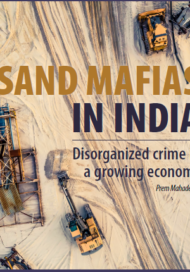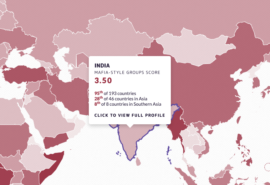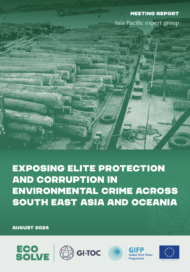Posted on 18 Jul 2019
India has seen a tripling of demand for sand from 2000 to 2017, creating a market worth 150 billion rupees, or just over two billion US dollars. The country has the third-largest construction industry in the world, following those of China and the United States, accounting for 9 per cent of its two-trillion-dollar economy and employing more than 35 million people. Given the dizzying rate of India’s construction boom, guesstimates indicate a massive shortage of licitly mined sand.
This paper looks at patterns of sand mining in India and the impact that it may have on governance, security, the environment and the growth of entrenched criminal networks. The conclusions suggest that civil administration is retreating before a mafia-like nexus of political, business and bureaucratic interests, which connive to flout judicial orders. The secondary and tertiary effects of such activity bode ill for societal stability, even though a certain amount of (tenuous and often exploitative) employment is generated by illicit sand mining. The paper also highlights a policy conundrum: can India, which, paradoxically, combines widespread economic backwardness with sky-high consumer aspirations, find a model of environmentally sustainable development? Or is it doomed to exacerbate the harshness of already abysmal living standards experienced by its rural population (who make up two-thirds of its population) to satisfy the needs of its urban middle class?





